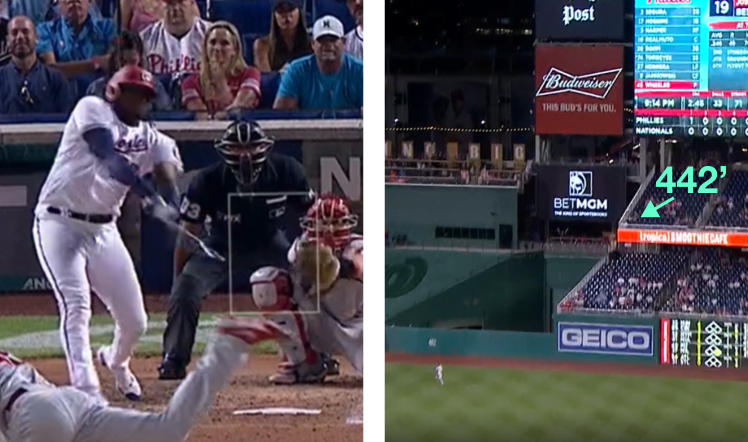Daily Prospect Notes: 9/17/21
These are notes on prospects from Tess Taruskin. Read previous installments of the Daily Prospect Notes here.
Bobby Witt Jr., SS, Kansas City Royals
Level & Affiliate: Triple-A Omaha Age: 21 Org Rank: 1 FV: 60
Line: 1-for-4, HR, BB, 2 K
Notes
Witt’s ninth-inning dinger on Thursday was his 32nd of the year, the third-most of any minor leaguer this season. Only seven guys have hit at least 30 homers in the minors in 2021, and in comparing Witt to the others in that group, it’s impossible not to notice his impressive and rare combination of speed and power. Of those seven power hitters, Witt is the only one to match his 30-plus homers with 30-plus doubles, and his 24 steals amount to quadruple the second-highest mark on the list (Andy Pages‘ six). He also has the highest average and more hits than anyone in that elite group, and his strikeout rate is the third lowest of the bunch, which may help calm the nerves of those concerned about his swing-and miss-potential. If he can improve upon his walk rate, his already-high profile could be boosted even further. Read the rest of this entry »


